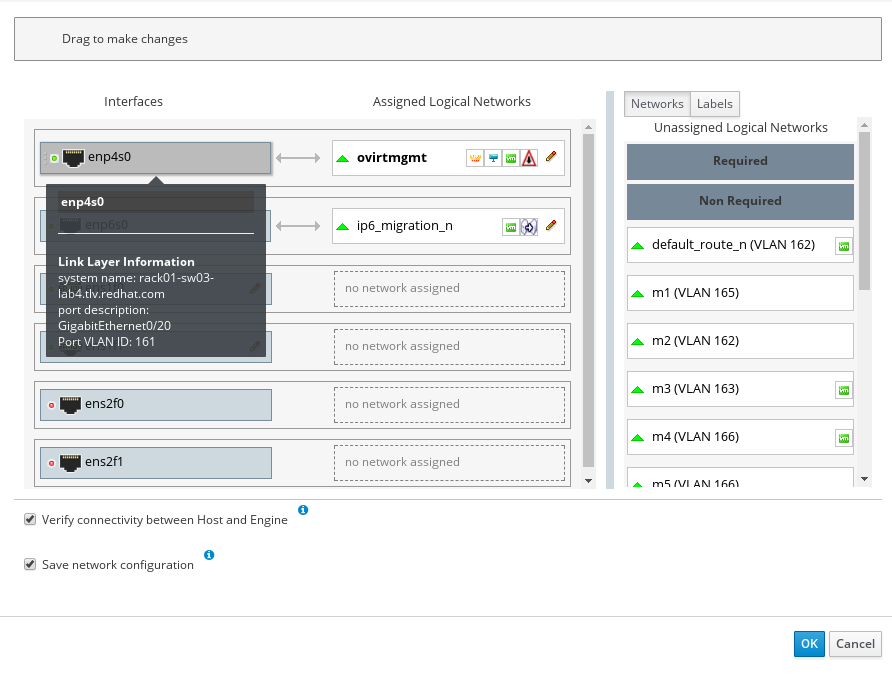Today I am going to talk about the Inter-AS MPLS or you can say that Inter-provider MPLS option. So in this case i am taking the example on the Cisco devices. To maintain the continuity of MPLS VPN services across multiple service providers, mainly for customers who span world wide on different service providers, IETF described 3 types of options. These options are
- Option A
- Option B
- Option C
Inter-AS or Inter-Provider MPLS VPN solutions, while Cisco implemented three options (1, 2 and 3) with Cisco IOS (these options are also known in Cisco documents as 10A, 10B and 10C).
Lets start with all these option one by one. The first option is called as VRF to VRF connection between two different AS border routers and the explanation is as below.
Option A: VRF-to-VRF connections at the AS (Autonomous System) border routers
In this procedure, a PE router in one AS attaches directly to a PE router in another. The two PE routers will be attached by multiple sub-interfaces, at least one for each of the VPNs whose routes need to be passed from AS to AS.
 |
| Fig 1.1- Inter-AS option A |
 SAN JOSE, California — Quanta Cloud Technology’s (QCT) latest data center technology brings the benefits of disaggregation and composable infrastructure to cloud service providers and telco service providers, said Mike Yang, president of QCT at today’s Q.synergy 2017 event. The Rackgo R portfolio is based on the Intel Rack Scale Design (RSD) software framework, which... Read more →
SAN JOSE, California — Quanta Cloud Technology’s (QCT) latest data center technology brings the benefits of disaggregation and composable infrastructure to cloud service providers and telco service providers, said Mike Yang, president of QCT at today’s Q.synergy 2017 event. The Rackgo R portfolio is based on the Intel Rack Scale Design (RSD) software framework, which... Read more →
 Introduction When Bob Dylan wrote back in the 60’s “times they are a-changin” it’s very possible he knew how true that would be today. Last week, we saw a few things announced in the container technology space during the DockerCon event in Copenhagen – but one thing that I believe came as a surprise to...
Introduction When Bob Dylan wrote back in the 60’s “times they are a-changin” it’s very possible he knew how true that would be today. Last week, we saw a few things announced in the container technology space during the DockerCon event in Copenhagen – but one thing that I believe came as a surprise to... 

 The private-equity firm will purchase Gigamon at a premium of 21 percent.
The private-equity firm will purchase Gigamon at a premium of 21 percent. It needed to tease apart state versus compute.
It needed to tease apart state versus compute.